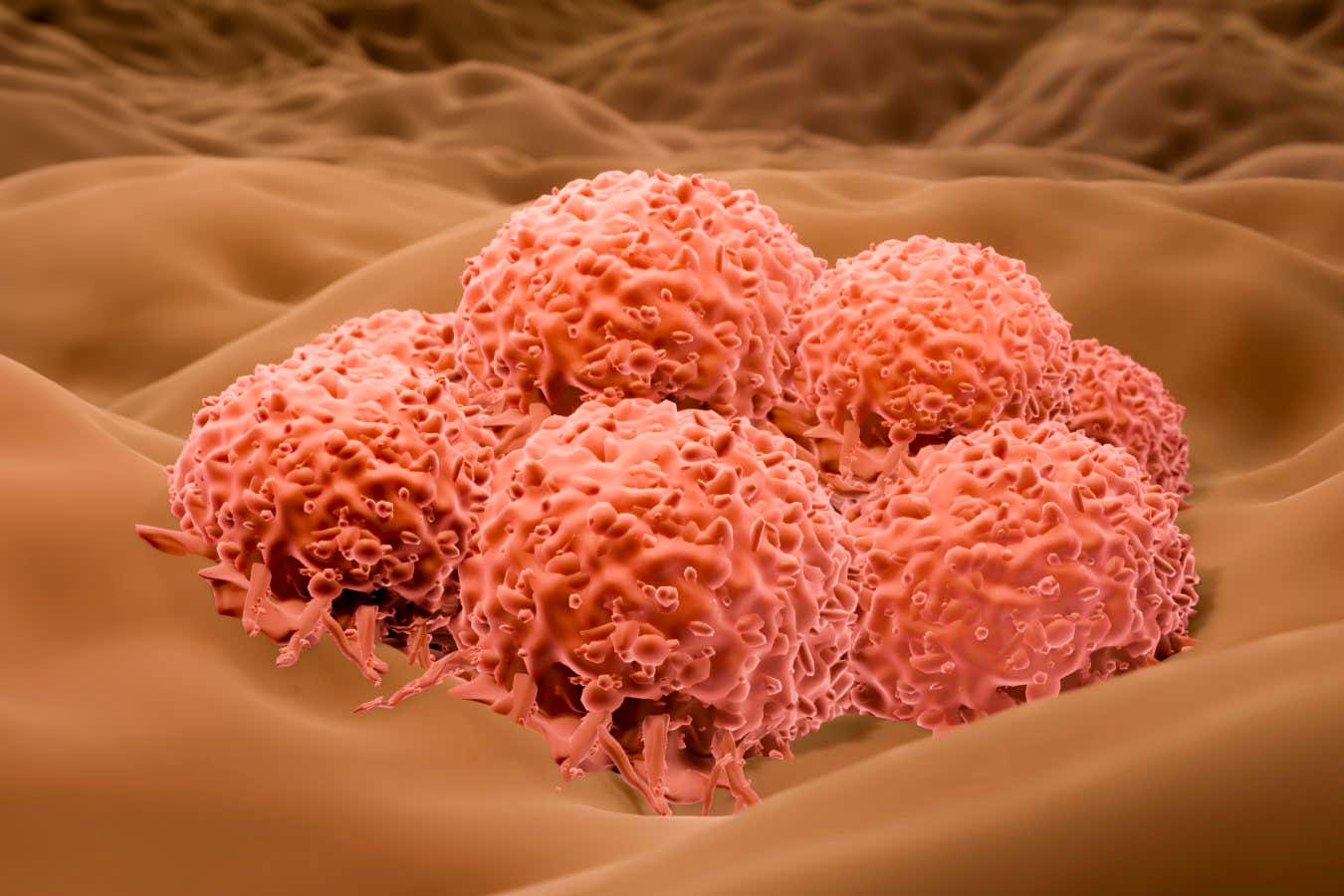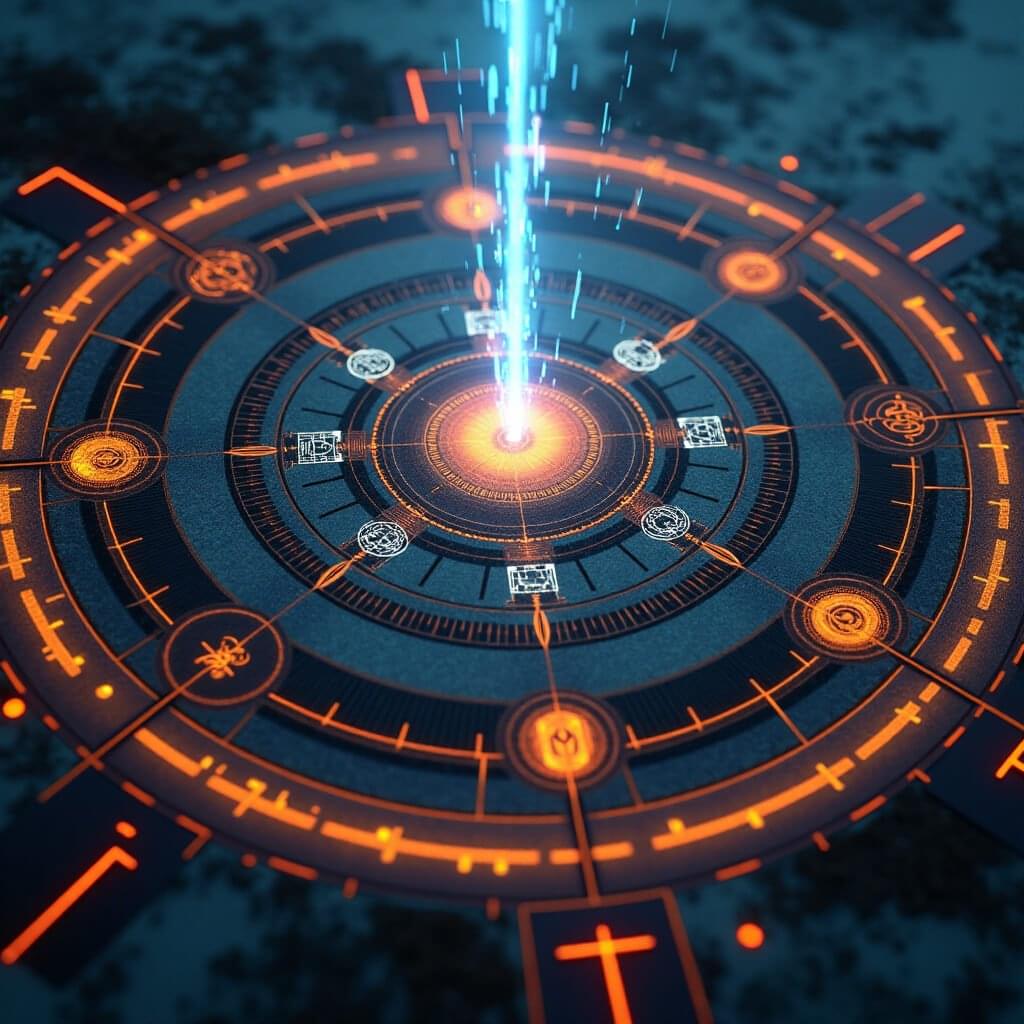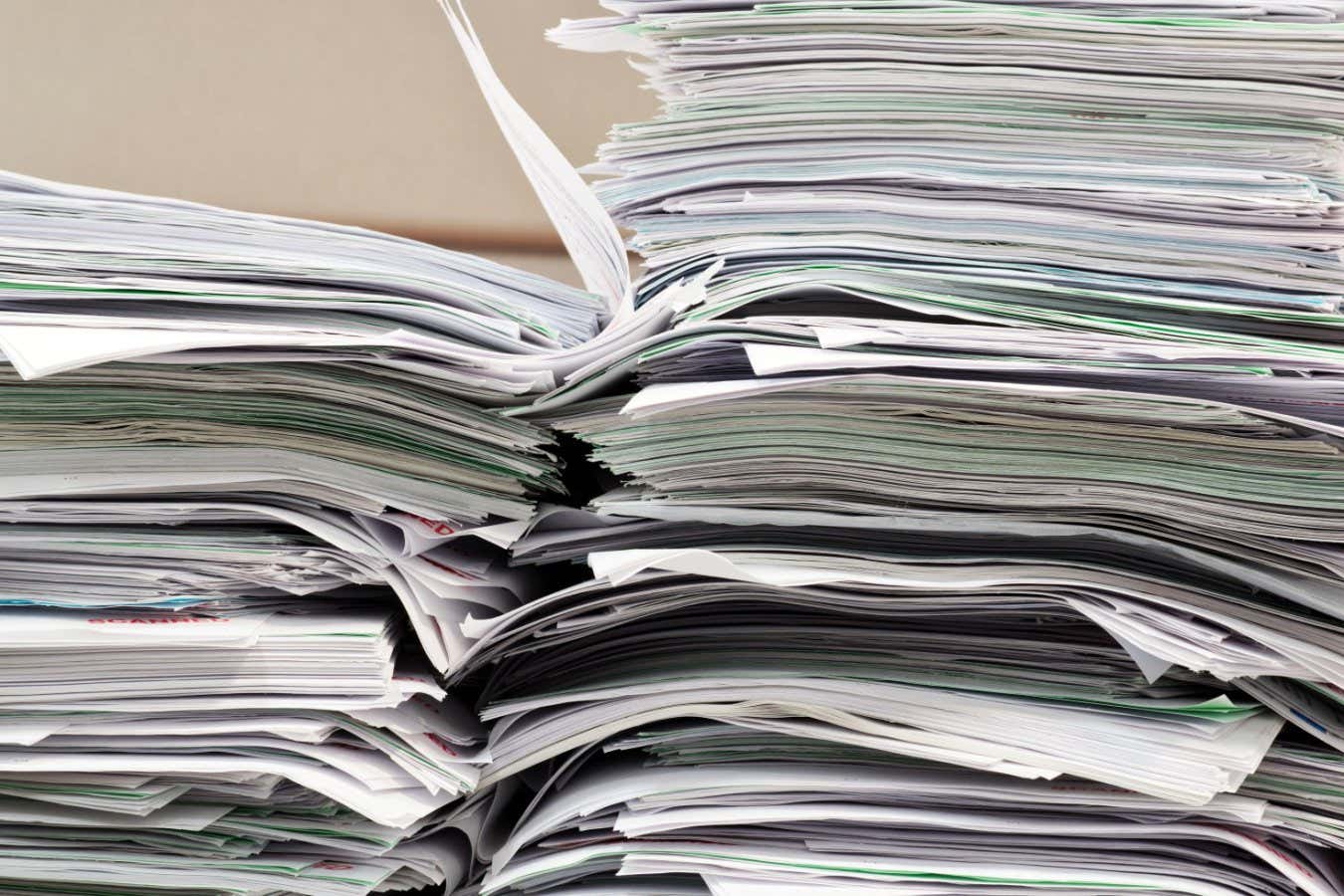New York, NY (March 17, 2025) Researchers at the Icahn School of Medicine at Mount Sinai, led by Nina Bhardwaj, MD, PhD, Ward-Coleman Chair in Cancer Research and Director of the Vaccine and Cell Therapy Laboratory, have tested a promising new type of personalized multi-peptide neoantigen cancer vaccine, called PGV001, in a small group of patients. This early study (phase 1 trial) is an important step in finding better ways to help people fight cancer. The vaccine uses multiple peptides (amino acid sequences) to help the body’s immune system recognize and attack cancer cells and stop the disease from coming back. The findings are available in the latest issue of Cancer Discovery , a journal of the American Association for Cancer Research.
Over the last decade, immune-based therapies have transformed cancer treatment, including CAR T cells, bi-specific antibodies, antibody-drug conjugates, and immune checkpoint inhibitors (ICI). These approaches have significantly improved outcomes, but some patients do not respond or eventually develop resistance. Personalized cancer vaccines, like PGV001, aim to overcome these challenges by training the immune system to recognize unique cancer mutations, called neoantigens, and mount a stronger, targeted response.
PGV001 can be made to fit each patient’s unique cancer. Scientists use advanced tools to find neoantigens—tiny changes in cancer cells—that are not found in healthy cells. The vaccine then teaches the immune system to target these changes, making treatment more personal and precise. Unlike tumor-associated antigens, neoantigens are not subject to central tolerance, meaning they can trigger a robust immune attack against cancer cells.








